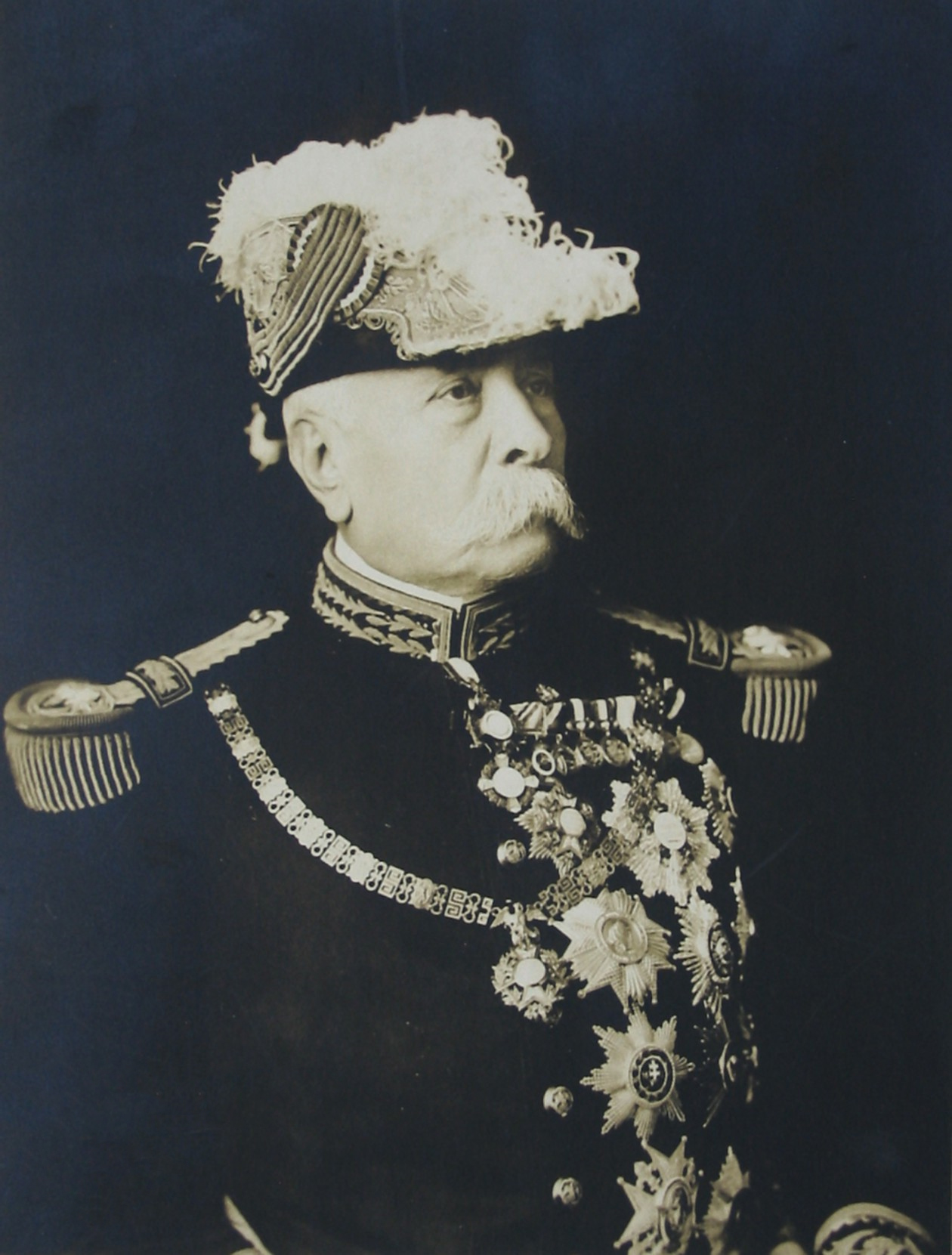Porfirio Díaz
 José de la Cruz Porfirio Díaz Mori ( or , ; 15 September 1830 – 2 July 1915), was a Mexican general, politician, and dictator who served on three separate occasions as President of Mexico, a total of over 30 years, from 28 November 1876 to 6 December 1876, 17 February 1877 to 1 December 1880, and 1 December 1884 to 25 May 1911. The entire period from 1876 to 1911 is often referred to as the Porfiriato, and has been characterized as a ''de facto'' dictatorship.
José de la Cruz Porfirio Díaz Mori ( or , ; 15 September 1830 – 2 July 1915), was a Mexican general, politician, and dictator who served on three separate occasions as President of Mexico, a total of over 30 years, from 28 November 1876 to 6 December 1876, 17 February 1877 to 1 December 1880, and 1 December 1884 to 25 May 1911. The entire period from 1876 to 1911 is often referred to as the Porfiriato, and has been characterized as a ''de facto'' dictatorship.Díaz was born to a Oaxacan family of modest means. He initially studied to become a priest but eventually switched his studies to law, and among his mentors was the future President of Mexico, Benito Juárez. Díaz increasingly became active in Liberal Party politics fighting with the Liberals to overthrow Santa Anna in the Plan of Ayutla, and also fighting on their side against the Conservative Party in the Reform War.
During the Second French Intervention in Mexico, Díaz fought in the Battle of Puebla in 1862, which temporarily repulsed the invaders, but was captured when the French besieged the city with reinforcements a year later. He escaped captivity and made his way to Oaxaca City, becoming political and military commander over all of Southern Mexico, and successfully resisting French efforts to advance upon the region, until Oaxaca City fell before a French siege in 1865. Díaz once more escaped captivity seven months later and rejoined the army of the Mexican Republic as the Second Mexican Empire disintegrated in the wake of the French departure. As Emperor Maximilian made a last stand in Querétaro, Díaz was in command of the forces that took back Mexico City in June 1867.
During the era of the Restored Republic, he subsequently revolted against presidents Benito Juárez and Sebastián Lerdo de Tejada on the principle of no re-election. Díaz succeeded in seizing power, ousting Lerdo in a coup in 1876, with the help of his political supporters, and was elected in 1877. In 1880, he stepped down and his political ally Manuel González was elected president, serving from 1880 to 1884. In 1884, Díaz abandoned the idea of no re-election and held office continuously until 1911.
A controversial figure in Mexican history, Díaz's regime ended political instability and achieved growth after decades of economic stagnation. He and his allies comprised a group of technocrats known as ''científicos'' ("scientists"), whose economic policies benefited a circle of allies and foreign investors, helping ''hacendados'' consolidate large estates, often through violent means and legal abuse. These policies grew increasingly unpopular, resulting in civil repression and regional conflicts, as well as strikes and uprisings from labor and the peasantry, groups that did not share in Mexico's growth.
Despite public statements in 1908 favoring a return to democracy and not running again for office, Díaz reversed himself and ran in the 1910 election. Díaz, then 80 years old, failed to institutionalize presidential succession, triggering a political crisis between the ''científicos'' and the followers of General Bernardo Reyes, allied with the military and peripheral regions of Mexico. After Díaz declared himself the winner for an eighth term, his electoral opponent, wealthy estate owner Francisco I. Madero, issued the Plan of San Luis Potosí calling for armed rebellion against Díaz, leading to the outbreak of the Mexican Revolution. In May 1911, after the Federal Army suffered several defeats against the forces supporting Madero, Díaz resigned in the Treaty of Ciudad Juárez and went into exile in Paris, where he died four years later. Provided by Wikipedia
